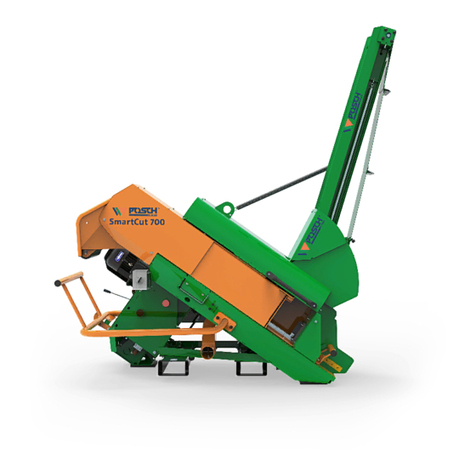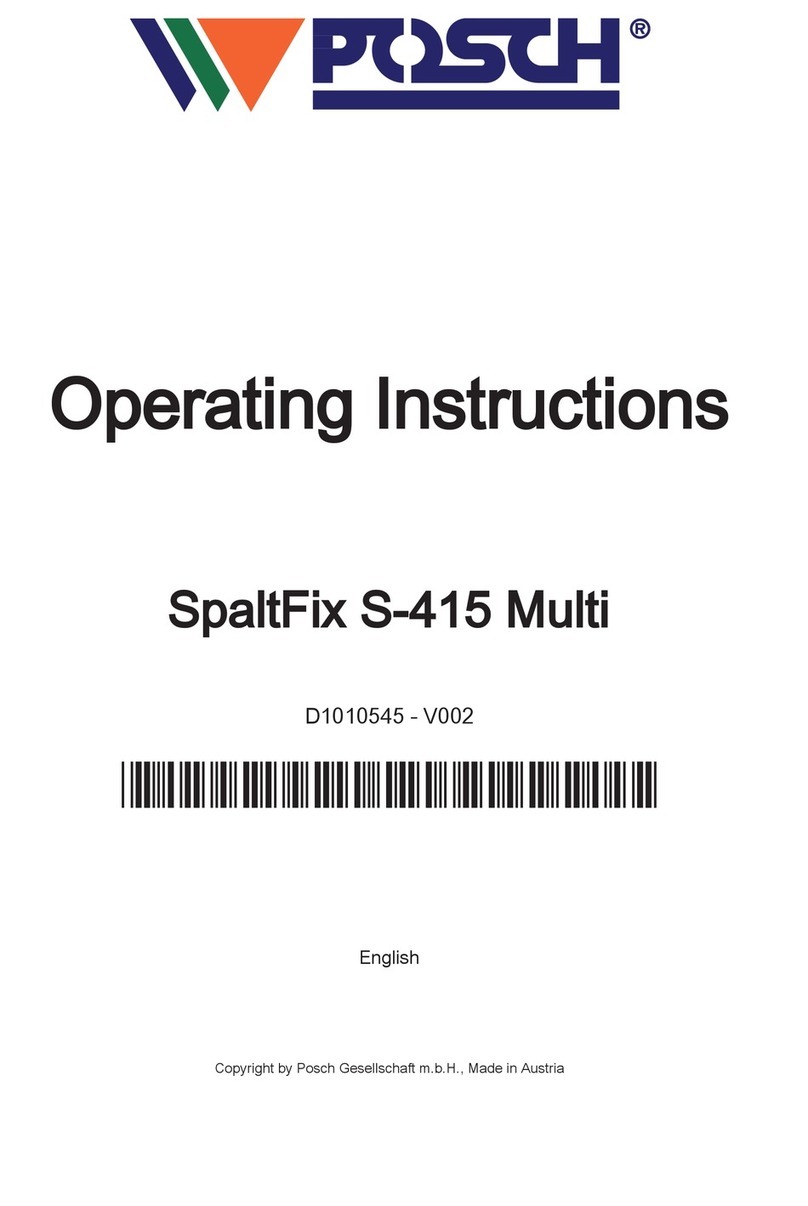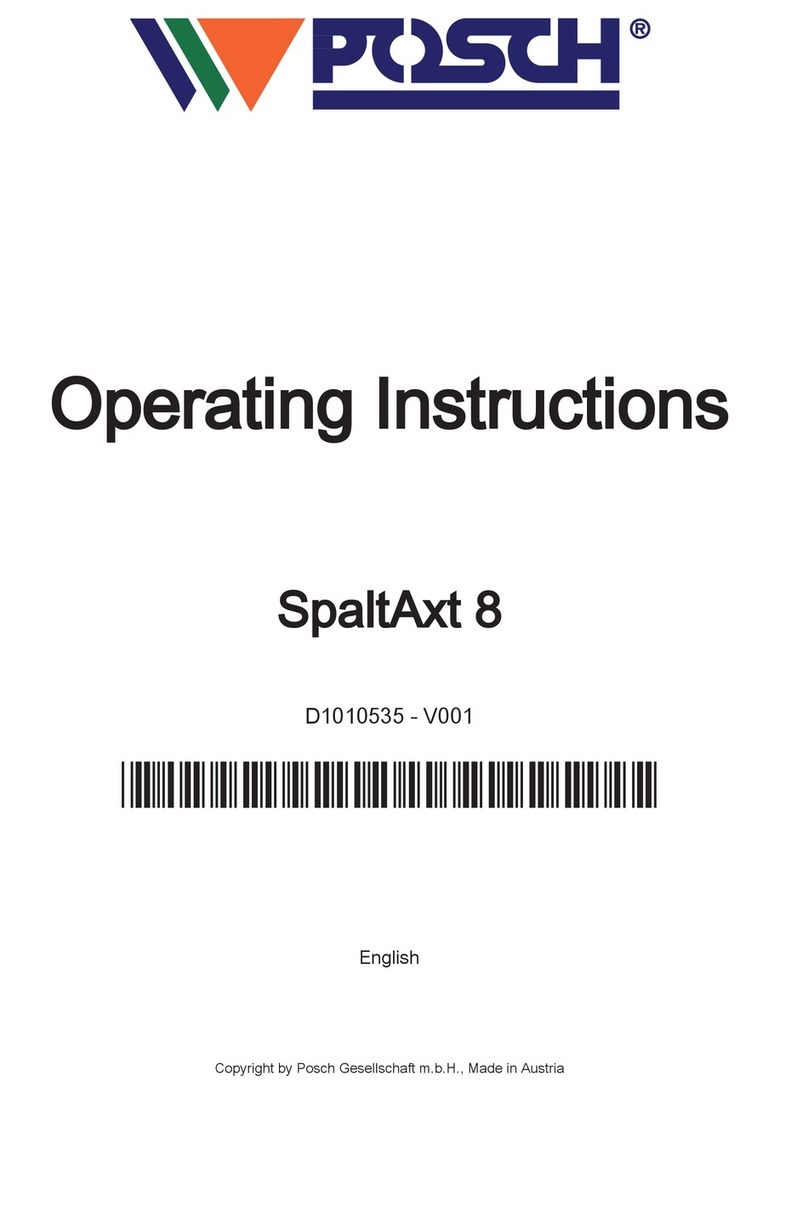
Wear safety shoes and close-fitting clothes when working with this device.
Only use the machine outdoors.
Wear protective gloves.
Never split angle-cut wood.
Keep the work area free of chips and wood residues.
Shut the drive down before removing any jammed pieces of wood.
Max. log length 15 - 110 cm
Always retract the splitting tool when the machine is being transported or is not in operation.
The working pressure of the hydraulic system must not exceed 225 bar.
Noise
The workplace-related, A-rated emission sound pressure level is 70 dB(A), measured at the
operative's ear.
In the case of machines with a PTO drive, the noise level depends on the noise of the tractor.
The stated values are emissions values, and thus do not necessarily represent reliable
values for the work area. Although there is a correlation between emission and pollutant
levels, it is not possible to deduce reliably from that whether or not additional precautionary
measures are necessary. Factors that influence the level of pollutants present in the work
area include the individual nature of the work area, other sources of noise, e.g. the number
of machines and other work operations being carried out in the vicinity. Equally, permissible
values for a work area may vary between different countries. However, this information
should enable the user to estimate the dangers and risks more accurately.
Remaining risks
Even if all safety precautions are observed and the machine is used in accordance with the
instructions, some risks still remain:
▪ Touching of revolving parts or tools.
▪ Injury caused by flying logs or log pieces.
▪ Risk of burns if the engine is not properly ventilated.
▪ Hearing loss if ear protection is not worn when working.
▪ Human error (e.g. due to excessive physical exertion, mental strain, etc.)
With every machine, some risks still remain. Therefore you should always be very careful
when working. It is up to the operating personnel to ensure that work is carried out safely.
Proper use
The machine - HydroCombi 18 GS - is designed exclusively for splitting logs with a diameter
of 10 - 60 cm and a length of 15 - 110 cm.
The machine may only be used to process firewood.
2.4
2.5
2.6
Safety information
9






























